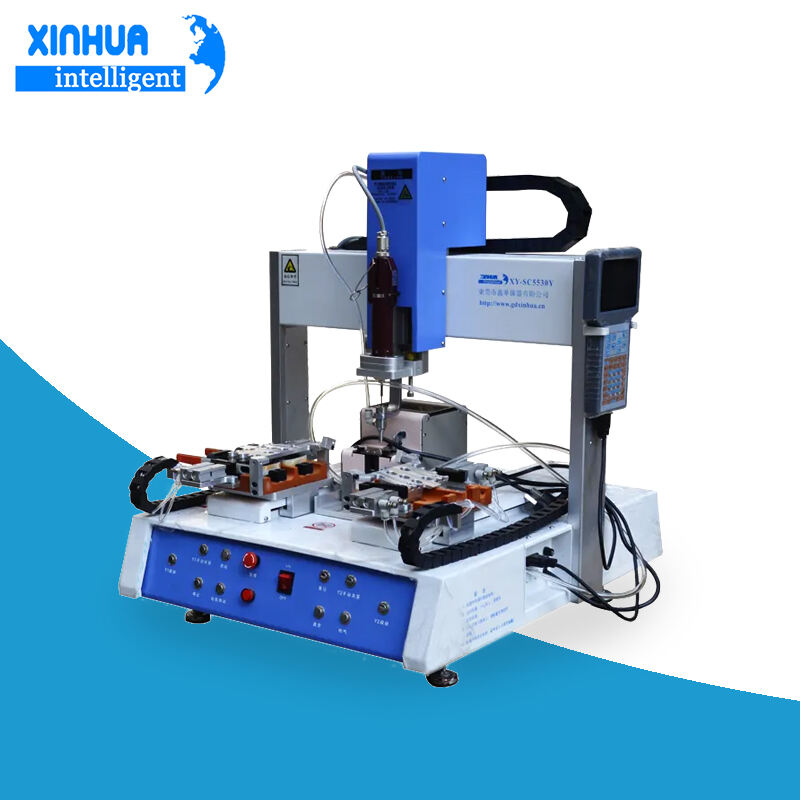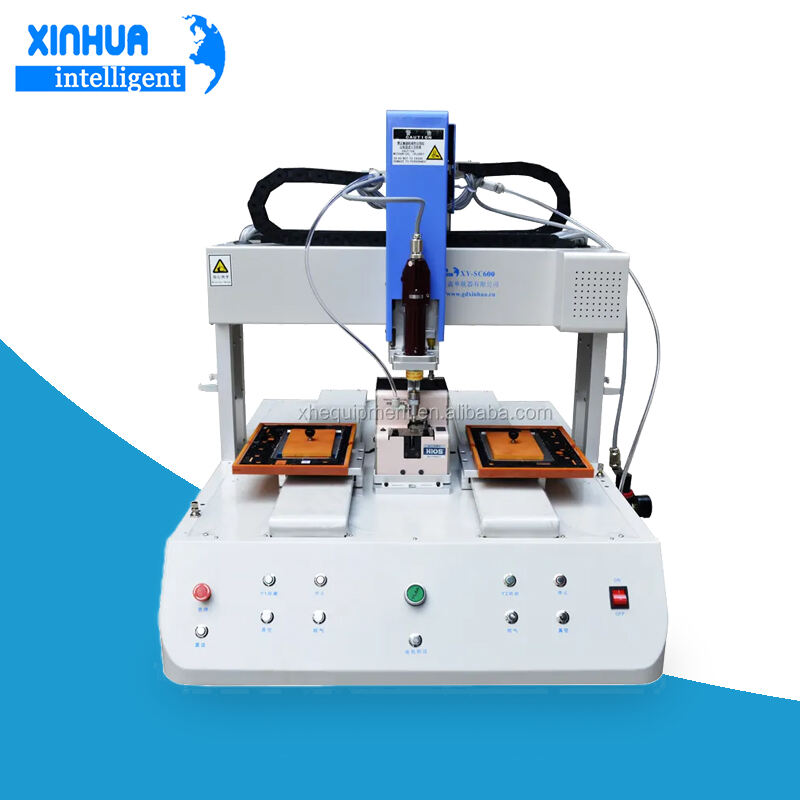 ×
×


VI. Enhancing Workforce Efficiency and Job Satisfaction
In the realm of manufacturing, the integration of intelligent automatic screwdrivers does not just mean machines replacing humans. Rather, it represents a shift towards a more harmonious collaboration between humans and machines. These automated tools free up workers from repetitive and monotonous tasks, allowing them to focus on more complex and rewarding activities. This not only boosts overall workforce efficiency but also enhances job satisfaction, as employees feel more valued and engaged in their roles.
Moreover, the advent of intelligent automatic screwdrivers fosters a culture of continuous learning and skill development within manufacturing enterprises. Workers are encouraged to upgrade their skills and knowledge to keep pace with the latest technological advancements. This, in turn, cultivates a more dynamic and innovative workforce, ready to tackle the challenges of the future.
VII. Innovating for the Future: The Evolution of Intelligent Automatic Screwdrivers
The journey of intelligent automatic screwdrivers is far from over. As technology continues to evolve, so do these automated tools. Manufacturers are constantly pushing the boundaries of innovation, integrating cutting-edge technologies such as artificial intelligence, machine learning, and the Internet of Things (IoT) to further enhance the capabilities of their products.
For instance, AI-powered automatic screwdrivers can analyze vast amounts of data in real-time, optimizing their performance and predicting maintenance needs before they arise. Machine learning algorithms enable these tools to learn from their operations, improving accuracy and efficiency over time. And with IoT connectivity, manufacturers can monitor and control their screwdrivers remotely, ensuring seamless production processes and minimizing downtime.
VIII. Addressing Challenges and Embracing Opportunities
Despite their numerous benefits, the adoption of intelligent automatic screwdrivers is not without challenges. Manufacturers must navigate issues such as high initial investment costs, compatibility with existing production lines, and worker resistance to change. However, the long-term benefits of these automated tools far outweigh the short-term hurdles.
To overcome these challenges, manufacturers can adopt a phased approach to automation, gradually integrating intelligent automatic screwdrivers into their production processes. This allows them to assess the impact of these tools on their operations, making adjustments as necessary. Additionally, providing training and support for workers during the transition period can help alleviate concerns and foster a more positive attitude towards automation.
IX. The Role of Intelligent Automatic Screwdrivers in Shaping the Manufacturing Industry
As the manufacturing industry continues to evolve, intelligent automatic screwdrivers are poised to play a pivotal role in shaping its future. These automated tools not only enhance production efficiency and quality but also foster a culture of innovation and continuous improvement within enterprises. They enable manufacturers to keep pace with the demands of a rapidly changing market, staying competitive and relevant in an increasingly globalized economy.
Moreover, the integration of intelligent automatic screwdrivers aligns with the broader trend of Industry 4.0, which emphasizes the convergence of physical, digital, and biological systems to create more flexible, efficient, and sustainable manufacturing processes. By embracing these technologies, manufacturers can pave the way for a brighter, more prosperous future for the manufacturing industry.